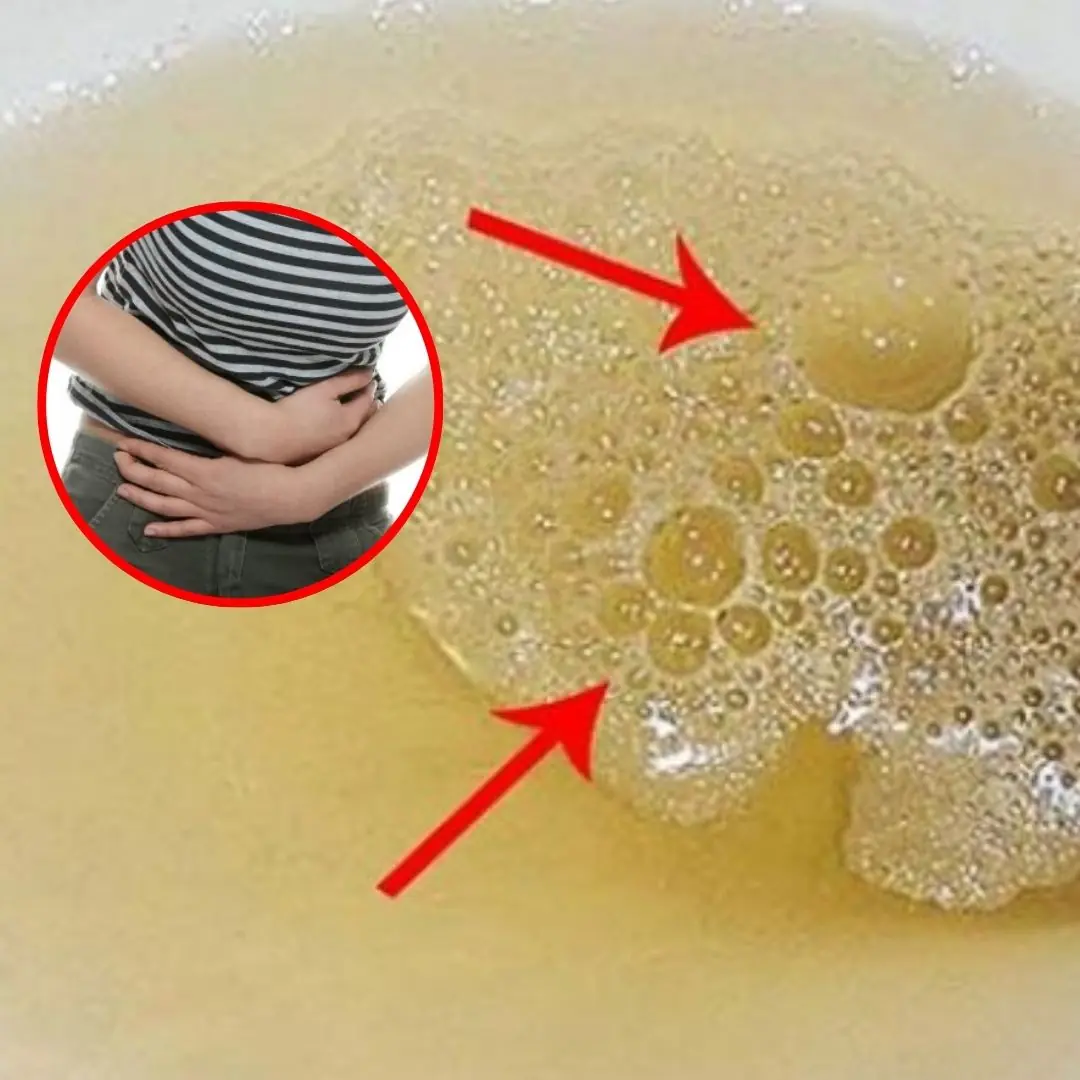
How to Grow and Care for Phalaenopsis Orchids Indoors
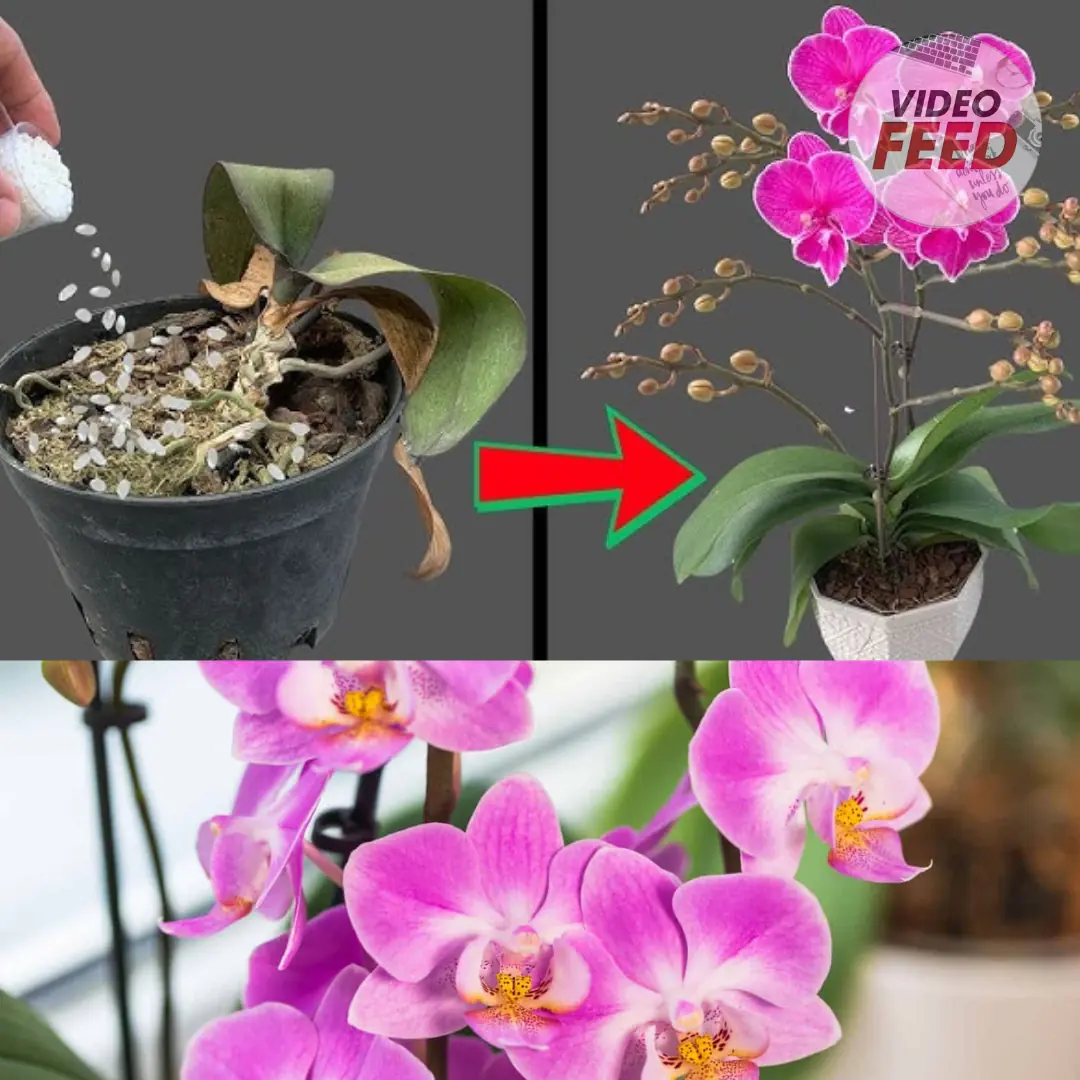
Phalaenopsis orchids, commonly called moth orchids, are one of the most popular orchids because they are easy to grow and care for as a houseplant. They often bear multiple flower buds on arching stems, which can last for two to three months.
If cared for properly, Phalaenopsis orchids live for 15 to 20 years in your home. Here's what you need to do to make that happen.
| Common Name | Moth orchid, Phalaenopsis |
| Botanical Name | Phalaenopsis spp. |
| Family | Orchidaceae |
| Plant Type | Perennial, herbaceous |
| Sun Exposure | Partial |
| Soil Type | Well-drained |
| Soil pH | Acidic |
| Bloom Time | Fall, winter, spring |
| Flower Color | White, pink, yellow, purple |
| Hardiness Zones | 10-12 (USDA) |
| Native Area | Asia, Australia |
Phalaenopsis Orchid Care
Light
Like most orchids, Phalaenopsis needs bright, indirect light from a south- or east-facing window to produce blooms. Rotate your orchid from time to time to keep its growth even.
If there is not sufficient natural light, use a grow light with a fluorescent tube (40 or 74 watts depending on length). Place the plant about 12 inches below the light.1
Soil
To mimic the native conditions where moth orchids grow on trees, potted orchids require a special orchid-growing medium that you can find at your local garden center. Standard potting mix is not suitable because it does not offer the air circulation around their root system that Phalaenopsis orchids require.
Water
In summer water weekly or when its exposed roots turn silvery white, as this is when the plant is growing. Always let the plant drain entirely, as stagnant water around the stem can cause the roots, stems, and/or leaves to rot.
Temperature and Humidity
Phalaenopsis prefers temperatures between 75 and 85°F, but adapts well to normal indoor temperatures of 65 to 70°F. Orchids also like contrasting night and day temperatures. To induce blooming, the plant needs a few cooler nights, with temperatures around 55°F.
Fertilizer
During the growing season, fertilize your orchid with a diluted orchid fertilizer (20-20-20 fertilizer at 1/4 strength) every three or four weeks. Skip feedings during the fall, winter, and spring flowering season when too much fertilizer will lead to excessive foliage and no bloom.
Types of Phalaenopsis Orchids
There are 61 true species of Phalaenopsis orchids and seven hybrids.2 Some popular types include:
- Phalaenopsis 'Liodoro' produces wavy, bright green leaves and pink and purple star-like flowers. This mature plant reaches a height of 19 inches.
- Phalaenopsis schilleriana boasts large 2.5-inch, pink and purple flowers, with dark green variegated leaves. Each stem on this variety grows up to 200 flowers.
- Phalaenopsis stuartiana produces white flowers with yellow and red dots on multiple branches. It reaches up to 30 inches in height.
- Phalaenopsis appendiculata is a miniature orchid that blooms in mid- to late-summer. It makes a good hanging plant.
- Phalaenopsis amabilis, often called a moon orchid due to its bright white flowers, requires more light than other Phalaenopsis and the leaves take on a reddish edge.
Pruning
Prune mature orchids once a year during their dormancy period, after the blooms have faded. Using clean scissors or a knife, cut the top portion of the stem back to one inch above a node to encourage a new stem section and more blooms. Deadheading it usually not necessary, as spent flowers just fall on their own.
Remove any brown or black leaves, and snip back unhealthy roots that are either dead and brown, or mushy. It is normal for your orchid to grow aerial roots above the soil; just let them be.
Propagating
Orchid lovers propagate their moth orchids by replanting the orchid's naturally produced "baby," known as a keiki. These identical copies of the parent periodically appear on either old or new flower spikes. After the keiki is about a year old, it is ready to be used for propagation.
- Check if the keiki is suitable for propagation—three inches long with two or three leaves of its own and several good roots.
- Carefully remove the keiki from the parent plant with sharp, sterilized scissors, keeping the roots intact.
- Plant the keiki in a pot filled with damp potting medium.It's okay if the top parts of the roots are exposed.
- Mist the baby plant daily with water until it becomes established.
Potting and Repotting Phalaenopsis Orchids
Repot Phalaenopsis orchids in the spring, after the bloom is done, or when you see roots growing out of the pot (about every two years).
- Use a pot that is an inch or two bigger than the existing pot (disinfect it if necessary).
- Let the pot dry fully, then fill it with a damp orchid potting medium.
- Gently remove the orchid from its existing pot and cut away any brown roots.
- Place the orchid in the new pot and gently firm the soil around the roots.
- Mist daily until new roots form.
Common Pests & Plant Diseases
Moth orchids don't tend to have major pest problems. But they attract common houseplant pests, including aphids, fungus gnats, mealybugs, spider mites, scale, cigar-shaped thrips, and whiteflies.3 Most pests are easy to remove with a stream of water, insecticidal soap, or neem oil.
In addition to root rot from overwatering, orchids can also be afflicted with various fungal diseases, most often orchid root rot, phytophthora (black spots on leaves), botrytis, leaf algae, and petal blight.4
How to Get a Phalaenopsis Orchid to Bloom and Rebloom
In the wild, Phalaenopsis orchids only bloom once a year. But indoors, you can get them to rebloom every six months with a few simple steps.
- Once the last bloom has dropped, cut the brown stem off to no more than 3 inches in height.
- Continue caring for your plant as normal and feeding it a diluted liquid fertilizer.
- After the stem has grown a new leaf, relocate your orchid to a cooler area with temperatures of 55 to 65°F and bright indirect light.
- After one month in this cooler environment, your orchid should produce new blooms.
Common Problems with Phalaenopsis
Wrinkled Leaves
If your orchid's leaves are wrinkled, you're likely under-watering and there's too little humidity. To increase the humidity, add a pebble tray with water below the plant, but don't let the pot sit in the water.
Yellow Leaves
Overwatering and root rot are often the cause of yellowing leaves. Give the orchid growing medium time to dry out between waterings. If that doesn't work, repot the plant and remove any unhealthy roots.5
Buds Dropping
Orchids sometimes experience bud blast—a condition where the flower buds drop without blooming. This is usually caused by sudden changes in temperature, humidity, moisture, or fertilizer. Maintaining ideal growing conditions should lessen the occurrence of problems.
News in the same category


The husband slapped his wife in front of his friends to show off — but her act of revenge left everyone shocked and speechless
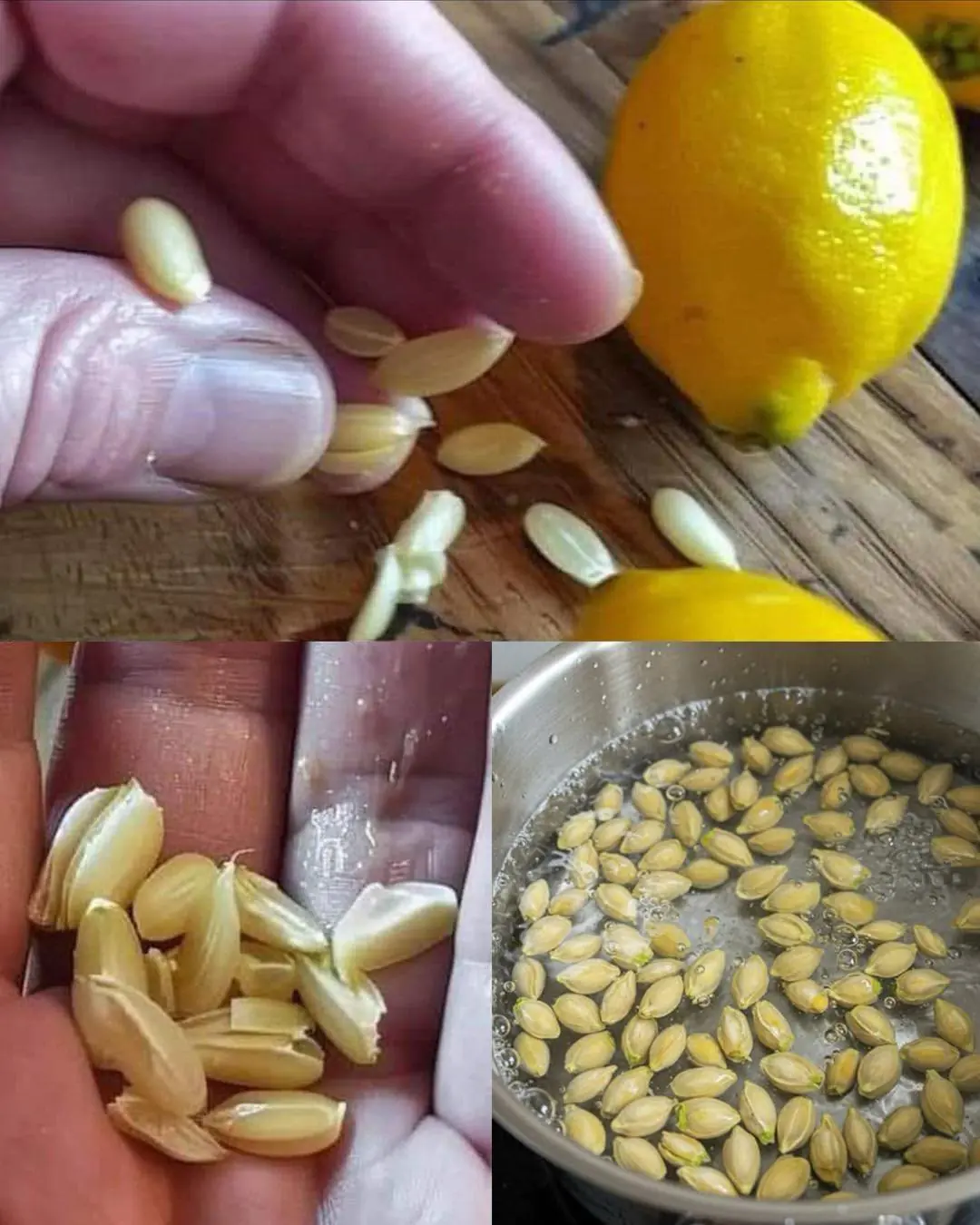
10 Clever Ways to Reuse Lemon Seeds at Home
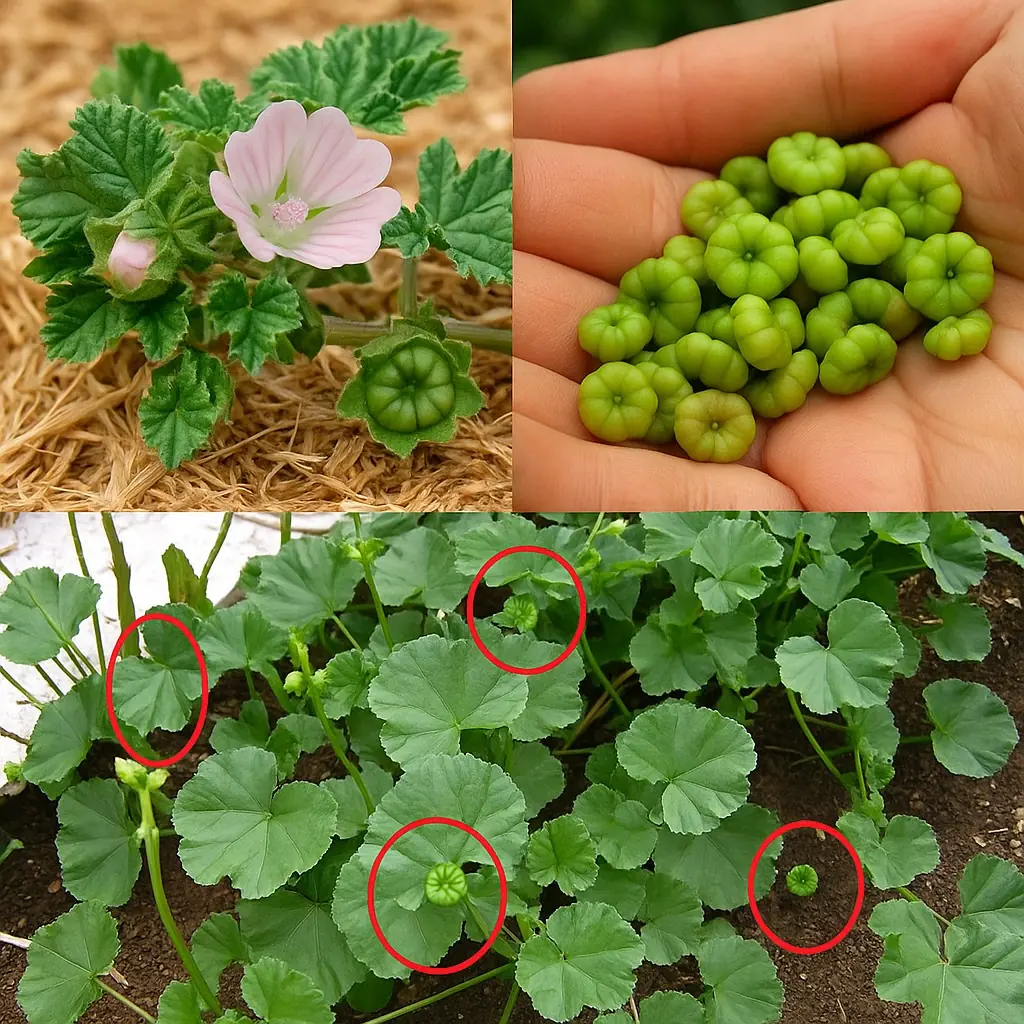
Unlocking the Secret Health Benefits of Common Mallow: Nature’s Wonder Herb for Wellness
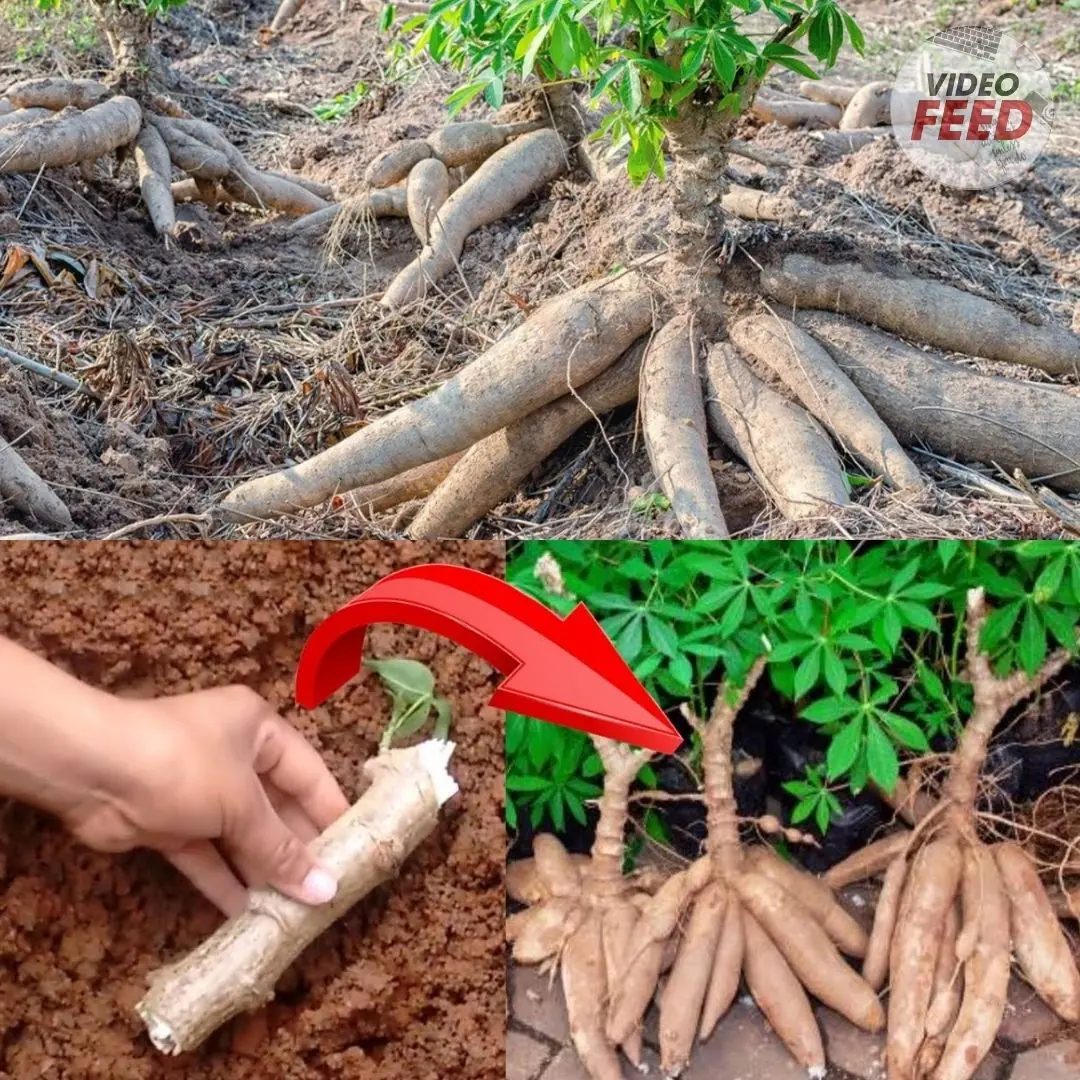
Essential Knowledge for Growing Cassava Successfully
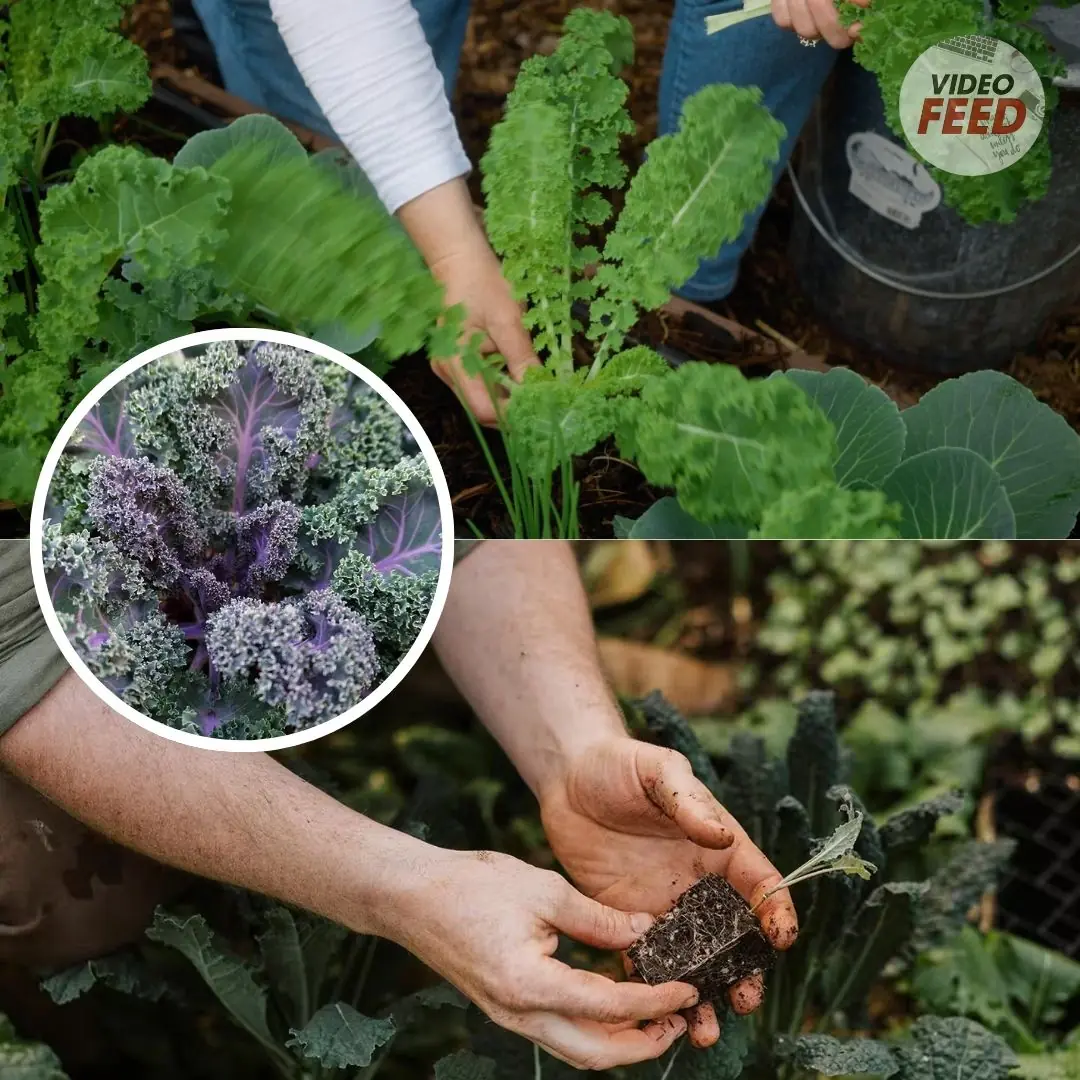
Growing Kale: Planting, Care, and Harvesting Tips
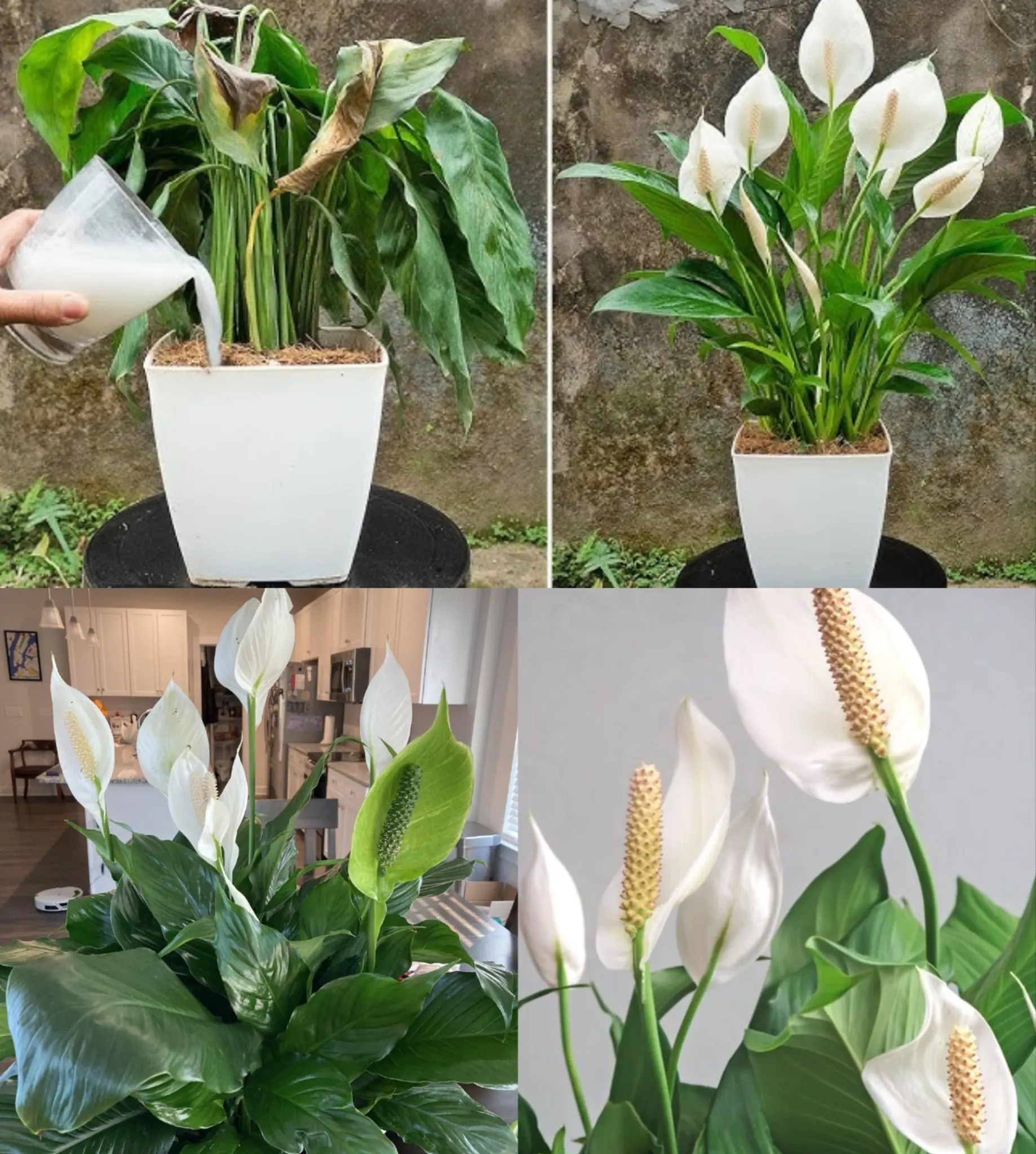
Just 1 Cup Makes Peace Lilies Bloom with So Many Flowers
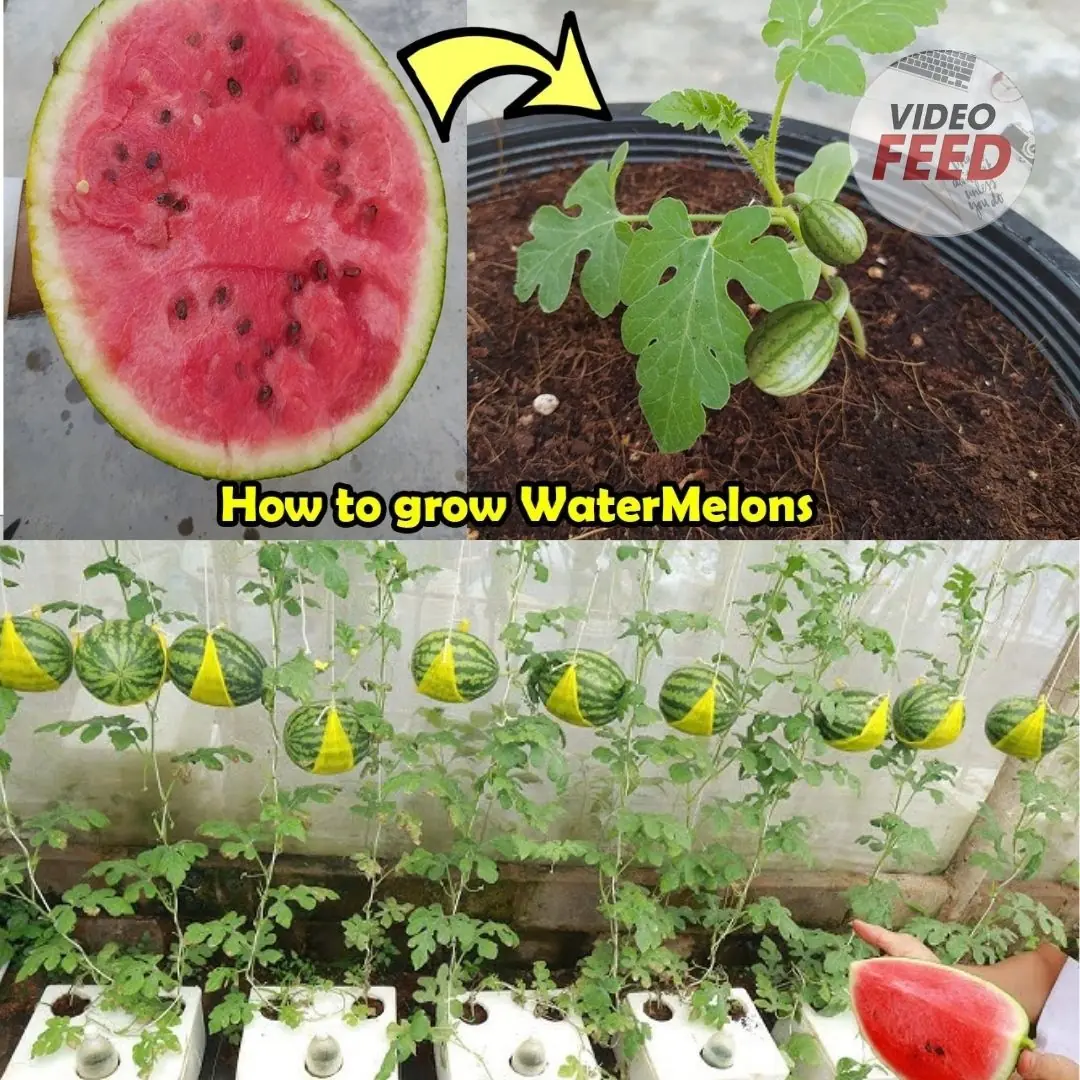
How to Grow Watermelons at Home: A Guide for Small Spaces & Balconies

How to Grow a Banana Tree at Home and Never Buy Bananas Again
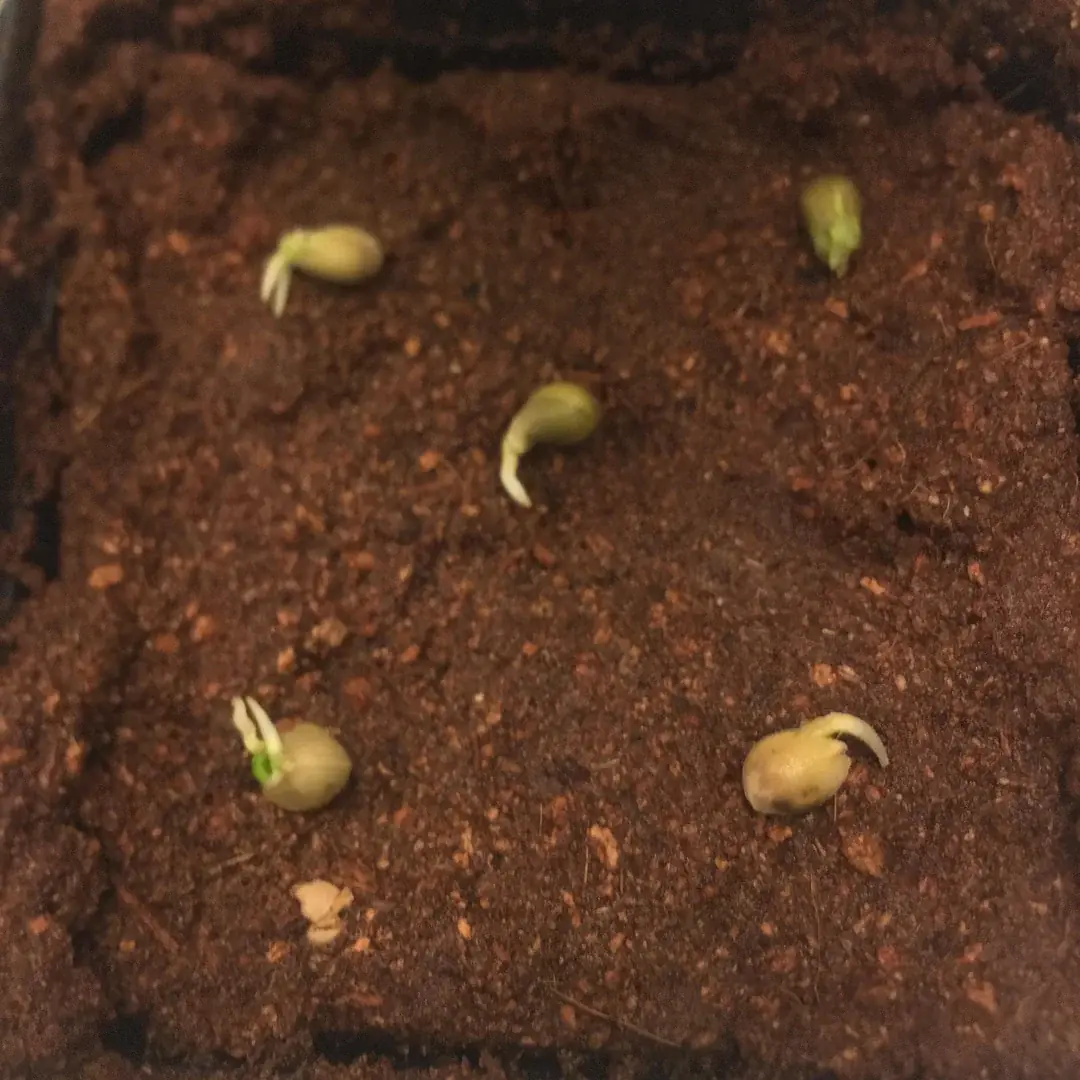
Here’s How to Grow Calamansi at Home — No Farm Needed
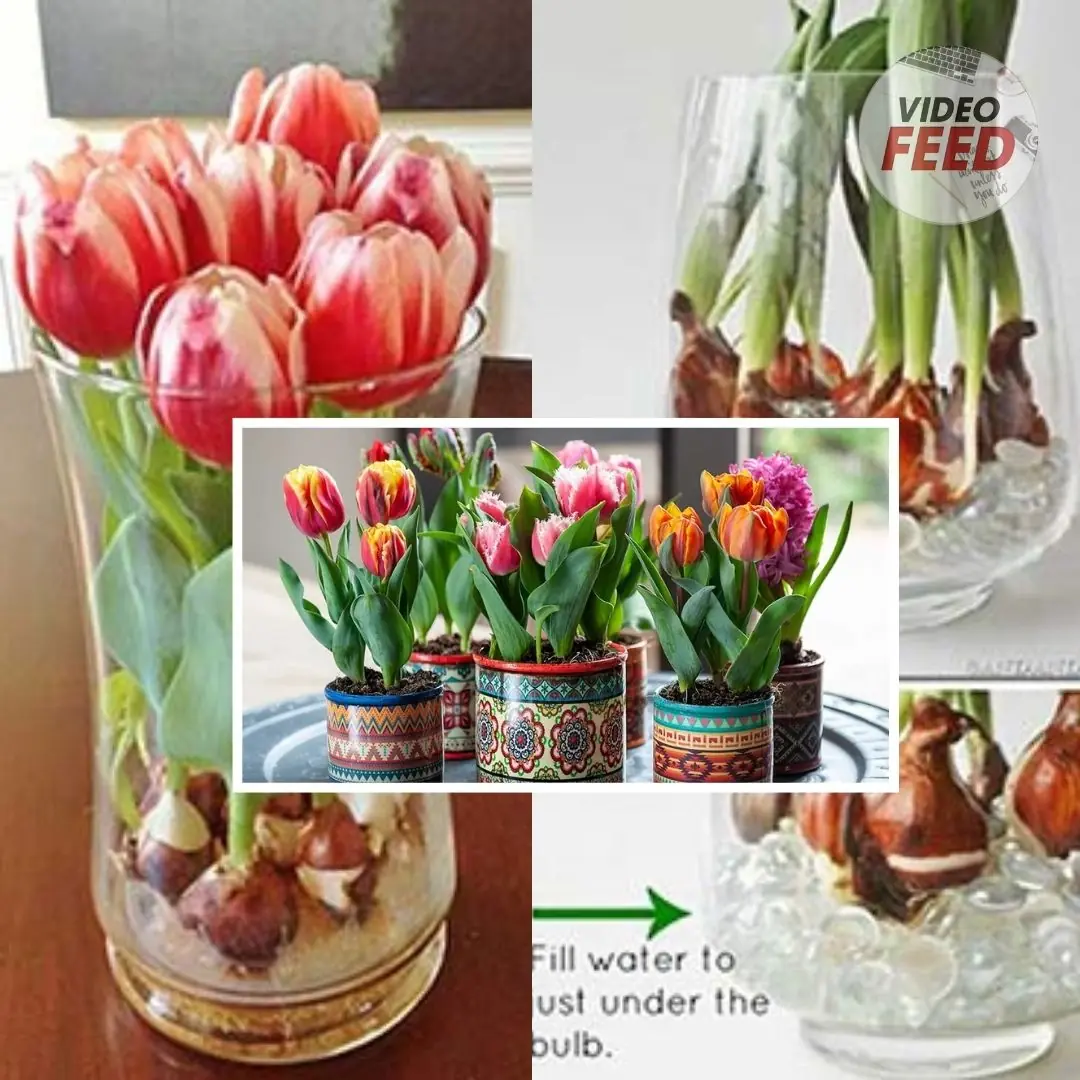
How to grow tulips indoors – a step-by-step guide to forcing these beautiful bulbs
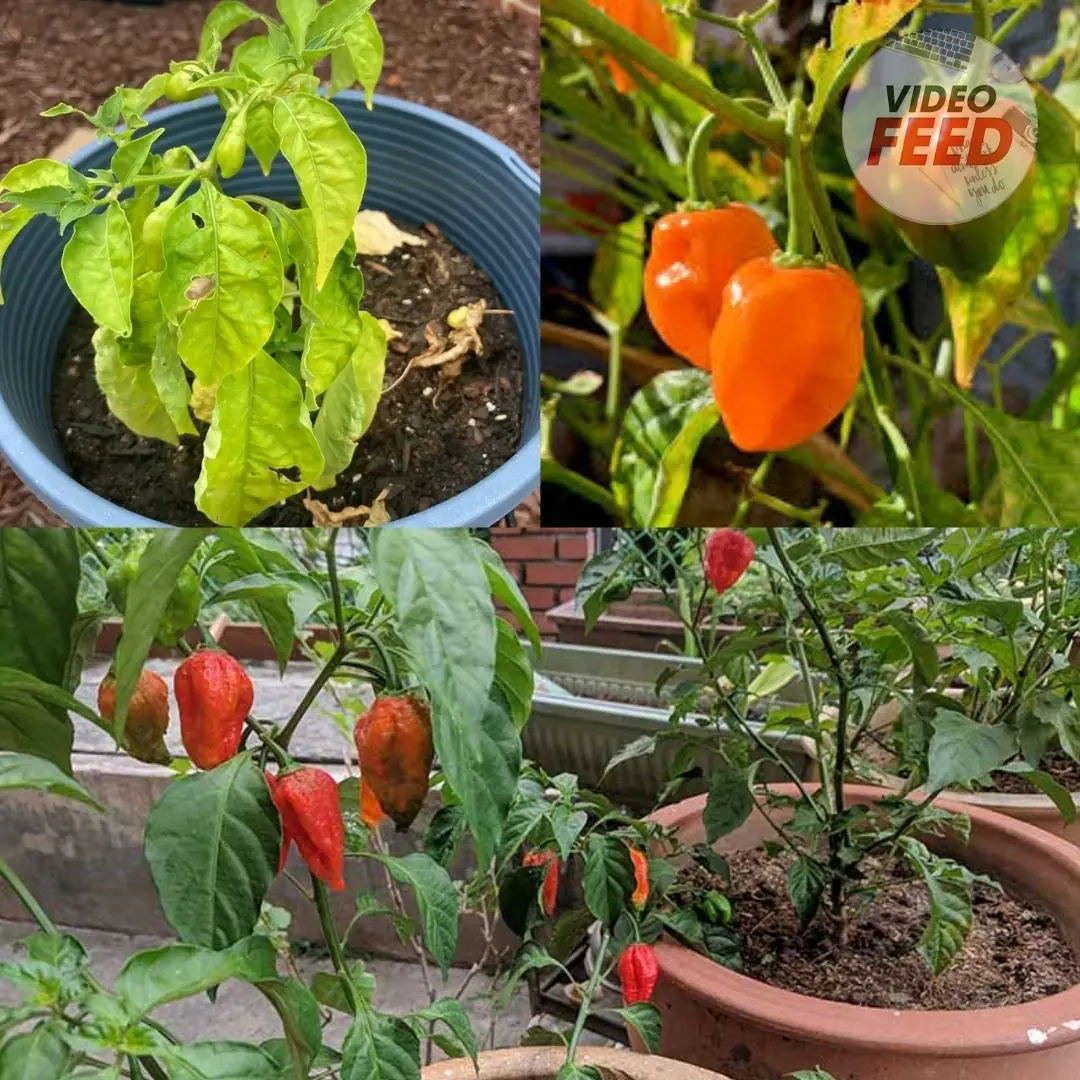
How to Grow Habanero Peppers in Pots
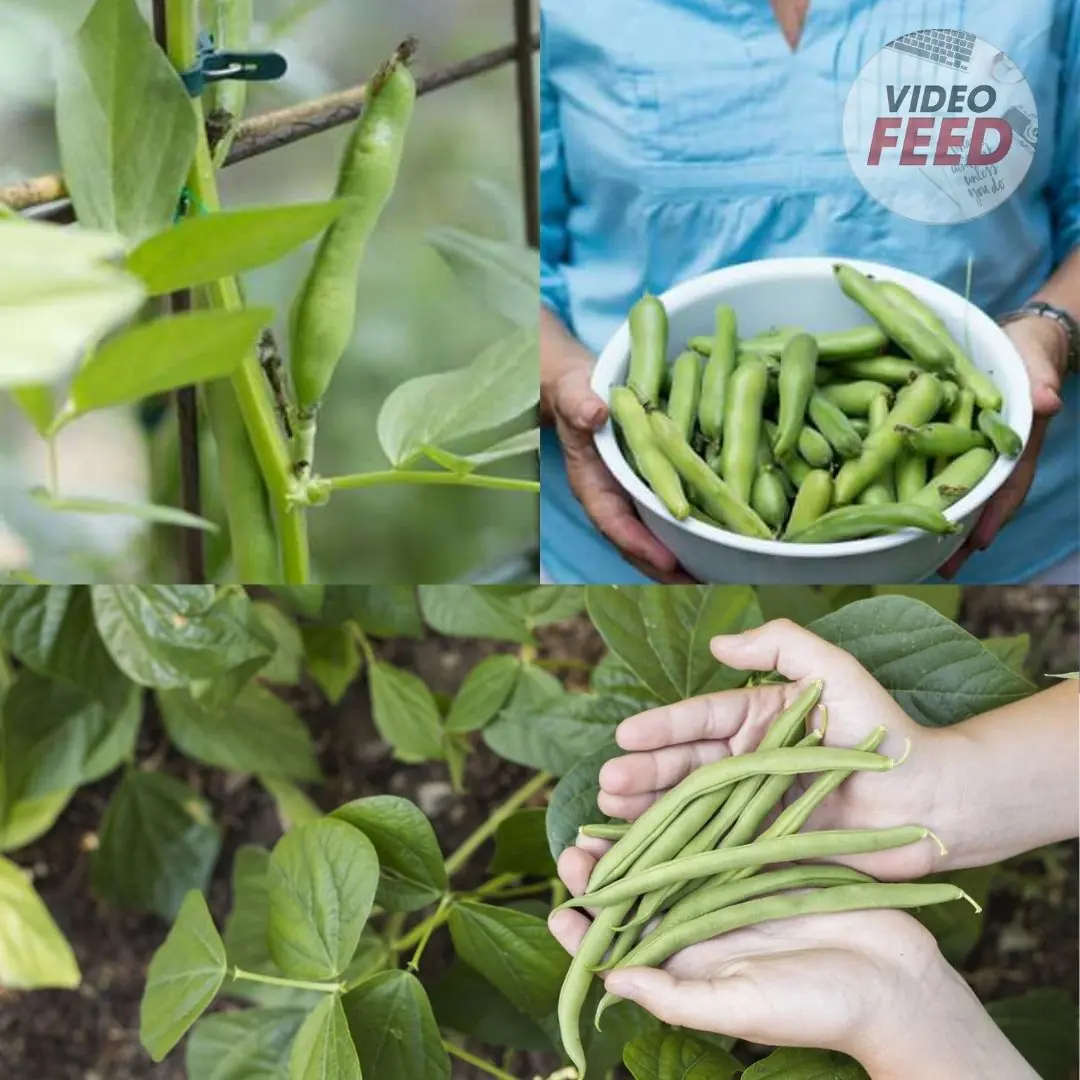
Grow These 5 Garden Beans This Summer
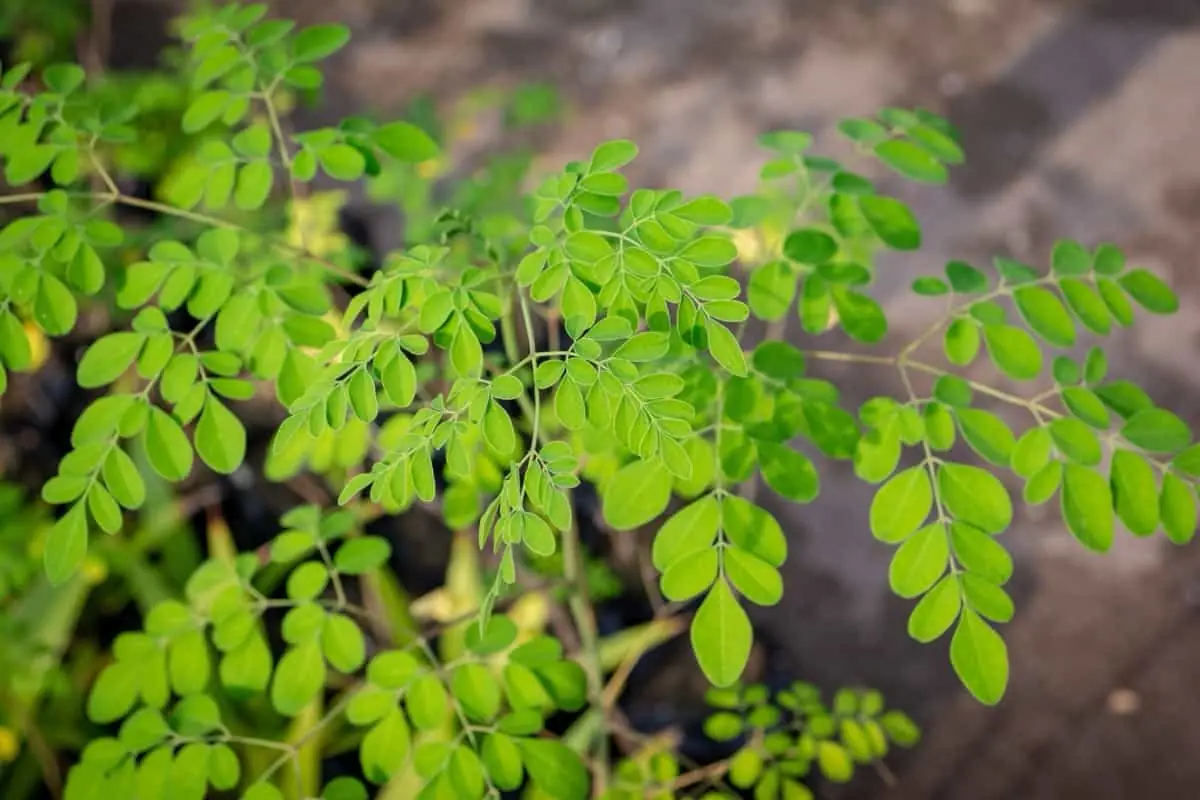
Why Asians Are Rushing to Grow This “Miracle Tree”: Heals Like Medicine, Sells Like Gold

How to Grow and Care for Dieffenbachia
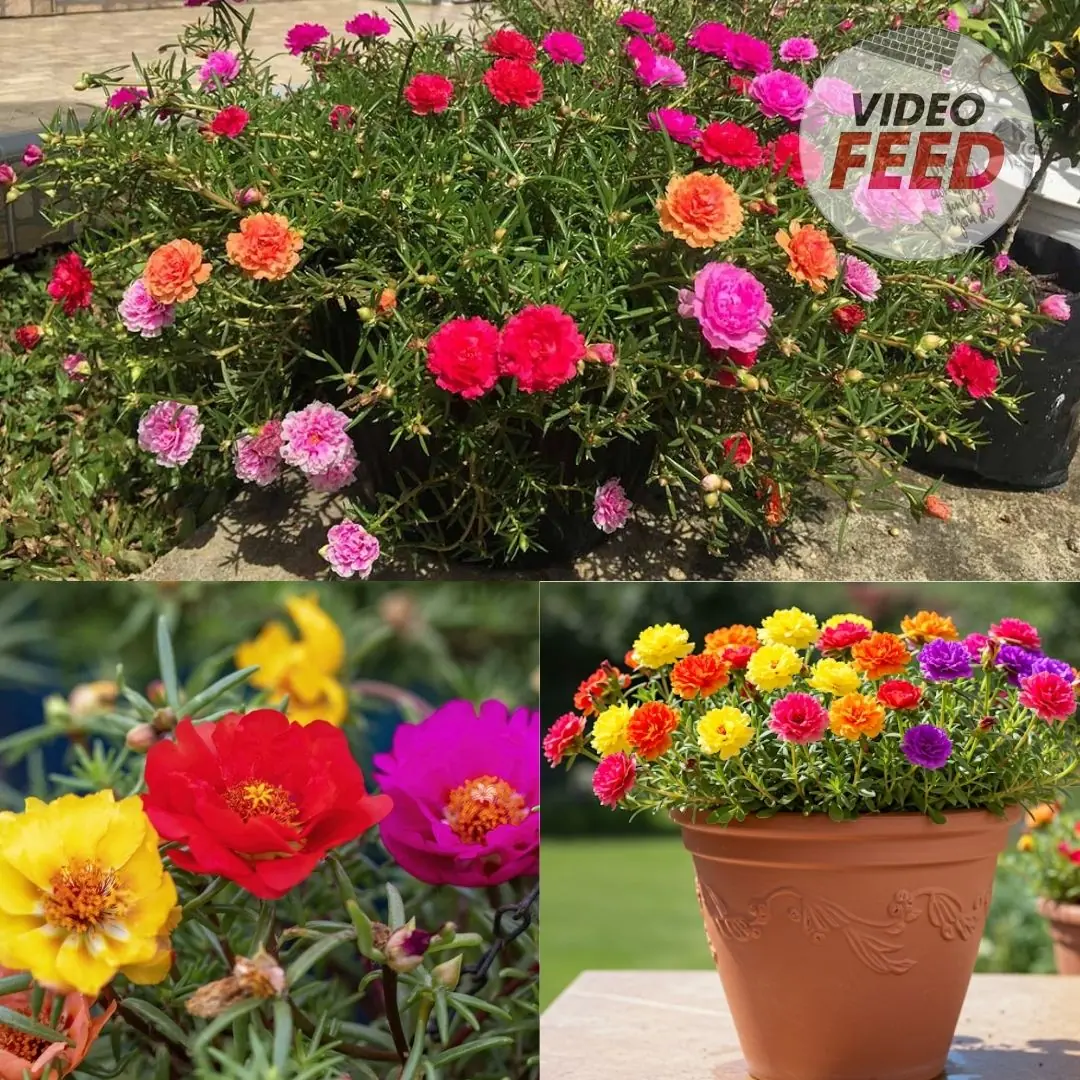
Portulaca in Pots: The Complete Guide to Growing Colorful & Drought-Tolerant Flowers Outdoors
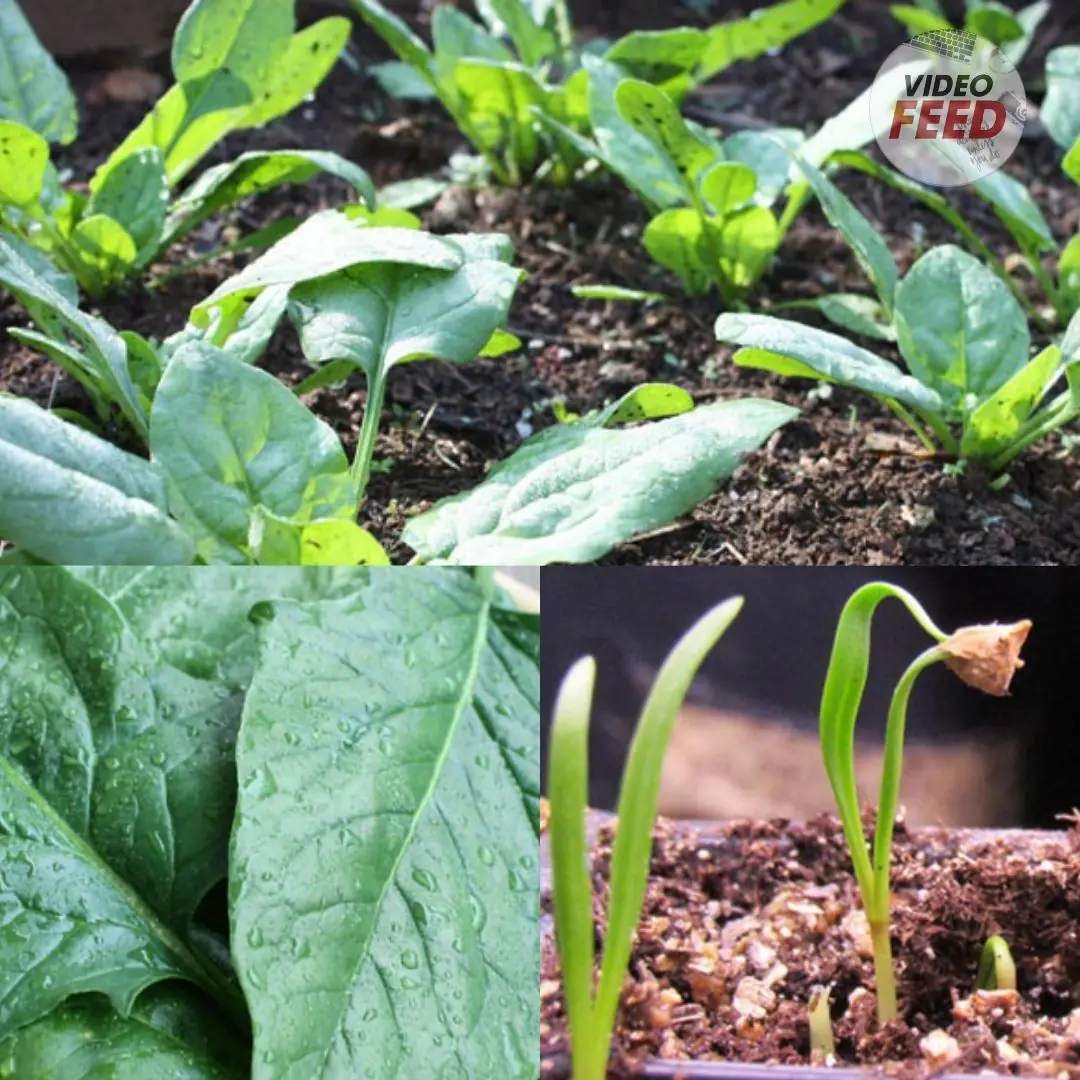
10 Tips for Growing Superb Spring Spinach
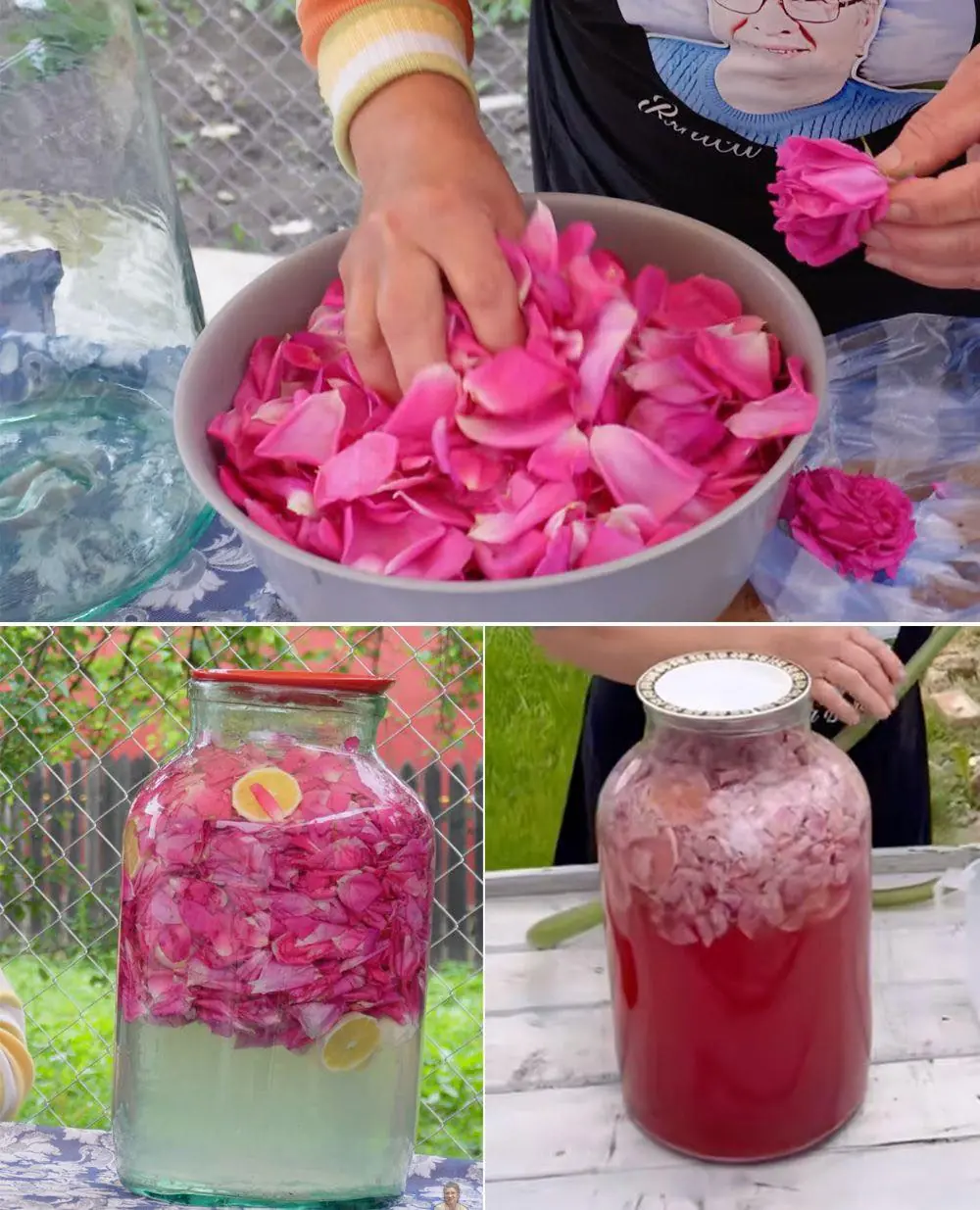
How to Make Rose Petal Lemonade – A Refreshing Homemade Drink
News Post

Morning sweet potatoes: A simple daily habit with major health benefits
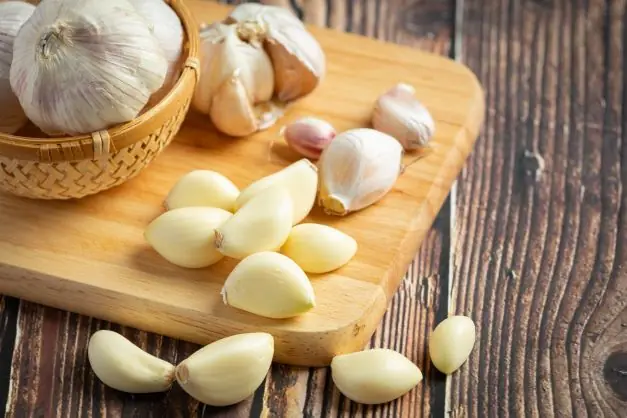
How to choose good garlic: Signs you should avoid for better flavor and longer storage

Do you get leg cramps at night? Learn what causes them and how to stop the pain!
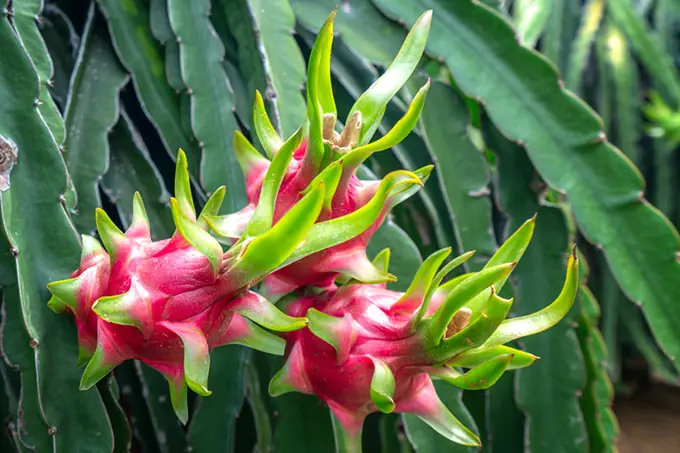
Seven Fruit Trees That Beautify Your Garden and Fill Life With Simple Joy

5 early signs kidney fai.lure often mistaken for normal fatigue

If You Notice These 3 Signs at Night, Your Kidneys May Be Very Healthy

Venice looks like it floats — but its real secret is underwater.

THE METAMORPHOSIS OF MATTER: WHEN SOFT POLYMERS BECOME AS RIGID AS STEEL

Boston Cream Pie Cupcakes

6 Benefits of Eating Garlic Before Bedtime

Medicinal Health Benefits of Garlic (Raw, Supplement) – Science Based

This is my preferred way

Ringing in Your Ear? What Tinnitus Really Means and When to See a Doctor
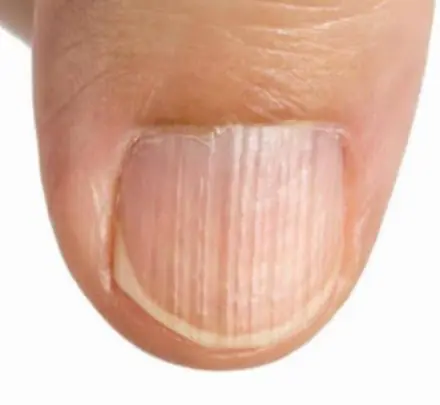
11 Health Warnings Your Fingernails May Be Sending

If you drool while sleeping often, check for these 6 diseases

35-Year-Old Man’s Sore Throat Turned into Cancer After 5 Chemotherapy Sessions—Doctor Urges: Throw These 2 Things Out of Your Fridge

Ringing in Your Ear? What Tinnitus Really Means and When to See a Doctor

3 Intimate Habits of Husbands That May Increase Wives’ Risk of Cervical Can.cer

5 times you should never take a shower, no matter how dirty you are - Be careful to avoid str.oke
